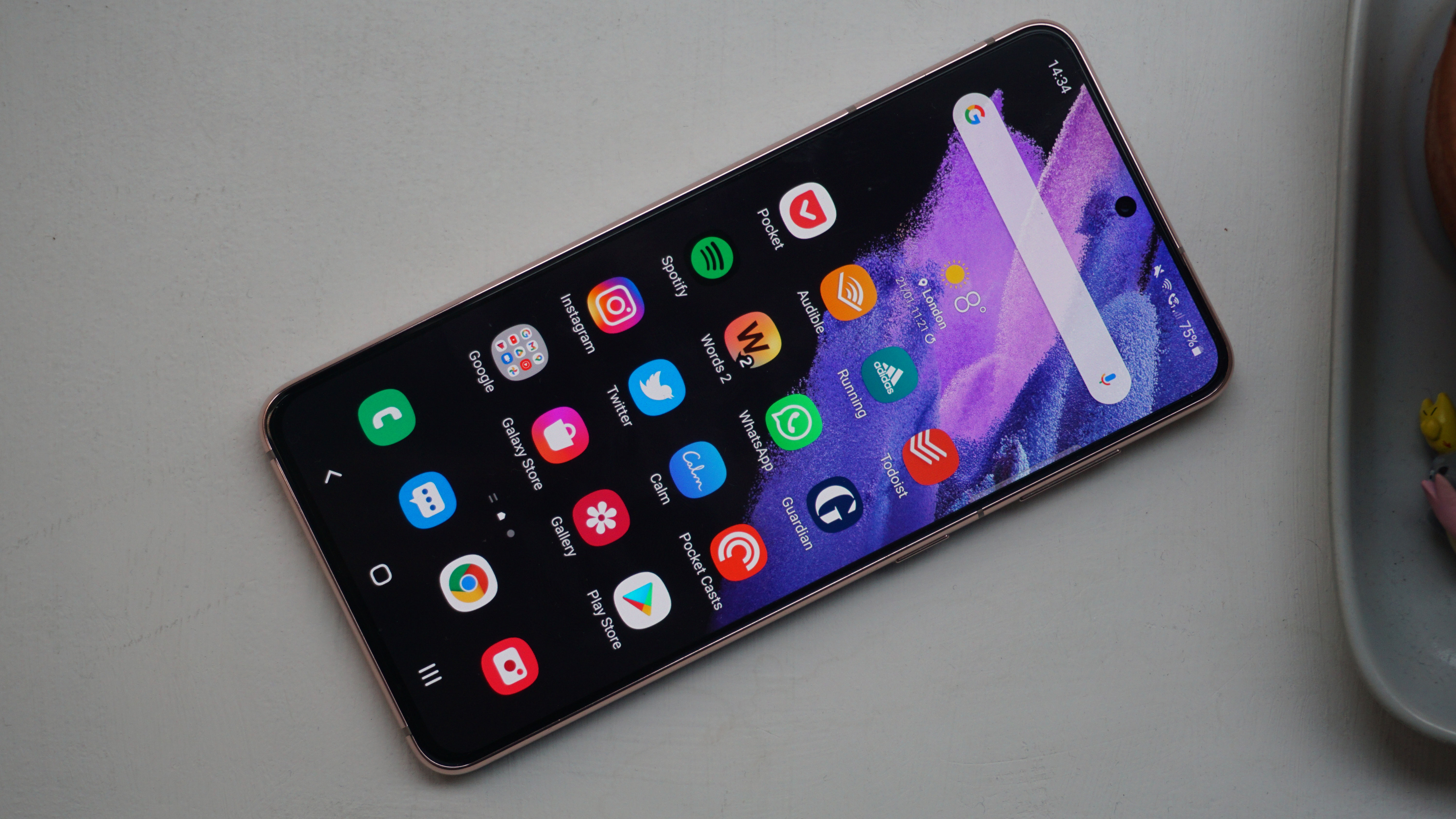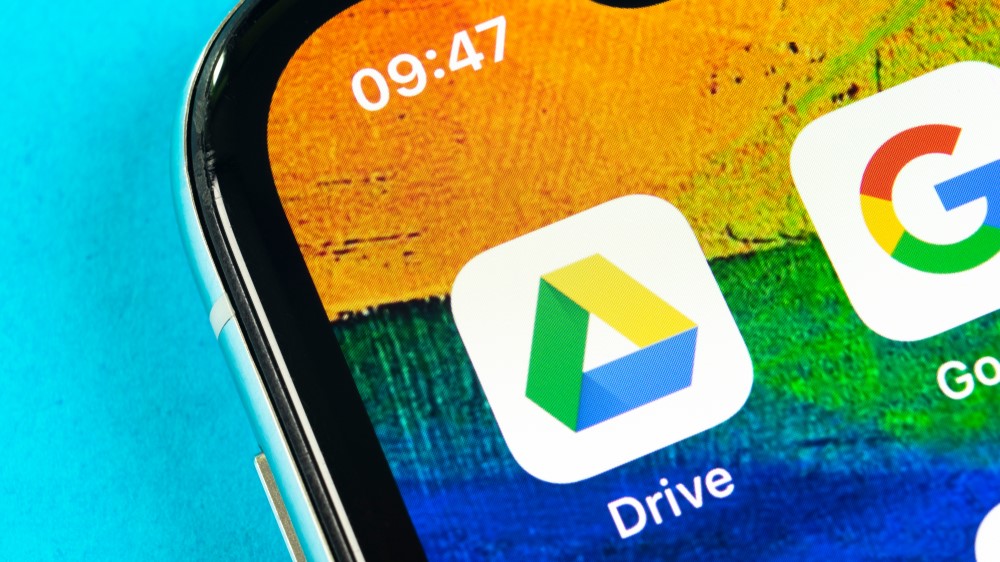Time was, you could peel off the back cover of your phone and easily swap in a fresh new battery and microSD card. Beyond feeling like a do...
Time was, you could peel off the back cover of your phone and easily swap in a fresh new battery and microSD card. Beyond feeling like a double agent in a spy flick, this extra flexibility gave Android phone fans some welcome ammunition to laud over their Apple rivals. Things though, have changed.
Phones today are slimmer, sleeker and more powerful than ever, but we’re also losing more and more features as the years go by. Replaceable batteries are a distant memory, and even the mighty, seemingly immortal headphone jack is all but extinct from modern flagships.
The latest feature in the crosshairs of smartphone evolution? Expandable storage.
That’s right — the microSD slot, beloved by power users and media hoarders alike, is in jeopardy of joining the smartphone feature graveyard. While expandable storage options have become less common in the past few years, it’s the latest release of Samsung’s Galaxy S21 series that could signal the beginning of the end.
Trendsetter
It’s reasonable to say that Samsung is seen by many to be the ‘Apple’ of the Android world. Its handsets are widely regarded to offer one of the most premium smartphone experiences around, both in terms of hardware and functionality, as well as price. Not only that, but the South Korean tech giant also tends to jump on board trends that are created by Apple.
Yes, we know, that’s blasphemy in the hallowed halls of the Android Temple, but it’s true.

“It is increasingly evident that expandable storage is disappearing as an option on smartphones,” says Ben Wood, chief analyst, CCS Insight.
“Apple has always taken this approach, obliging customers to buy more expensive, large memory variants rather than a low-cost after-market memory card. With market leader Samsung abandoning expandable memory on its latest S21 smartphones, it looks like this option will follow the 3.5mm headset jack into oblivion.”
Ah, the sorely-missed headphone jack. Remember when Apple killed it off? Samsung released video ads making fun of Apple for it, only to pull them later when ditching the port from its own Galaxy flagship line.
The exact same thing happened when it came to the removal of the previously-included Galaxy S21 charging plug too. While the company has shown it can reverse decisions — it removed the microSD slot in the Galaxy S6 and brought it back in the Galaxy S7 in 2016 — we can’t really see it rebooting the expandable storage franchise ever again.
We’re focusing on Samsung specifically as the company is a fairly reliable bellwether for trends in the Android world. Though we can’t guarantee that other manufacturers will follow suit, it’s pretty likely, especially when looking at the headphone jack removal trend.
At the time of writing, the main flagship-level phones with microSD slots include last year’s Galaxy S20, and Note 20 Ultra, the Sony Xperia 1 II and Xperia 5 II, the LG V60 ThinQ, and the Xiaomi Mi 10i, to name a few major examples.
Backlash or acceptance?
Human beings are fickle, and it could be argued that thanks to the bombardment of 24/7 memes, mind-rotting TikTok videos, and constant news cycles, our memories have never been shorter.
Remember when the idea of removing the headphone jack seemed ludicrous? Ask the average person on the street about that today, and they’ll more than likely barely register the Before Times, trotting on happily with their AirPods or AirPods-esque clones firmly plugged into their ears. The more cynical among us might believe that the death of the headphone jack is primarily motivated by selling wireless earbuds, but that’s a whole other story.
“It will be interesting to see how this trend develops in the long term", says Bill Nagy, independent TMT analyst and consultant.
“Apple faced consumer backlash for removing the headphone jack, but it didn’t have an immediate effect on iPhone sales over the two years following the move. However, Android-based phones are known for their flexibility, a feature that is well regarded by Android users. Increasing removal of the option to use microSD cards, especially by replacing it with cloud storage, is likely to garner a rise out of Android consumers.
"Other Android manufacturers would be wise to assess the market reaction to Samsung’s move to inform their future development cycles.”
It’s likely, then that hardcore Android users — the sort of folks that delve into the world of unlockable bootstraps, custom ROMS, and frequent various Android forums — may choose to boycott microSD-less Samsung phones, but they make up a tiny percentage of sales.
Not only that, but OnePlus (a company widely regarded to be catering to Android enthusiasts), has never offered expandable storage, and still seems to have a positive following. That remains true for the brand new OnePlus 9 and OnePlus 9 Pro.
Do you even need expandable storage?

Today, you could quite convincingly argue that most people don’t need expandable storage. Thanks to the wide availability of cloud storage solutions like Google Drive and Photos, you can easily store your files and media online, saving the space on your phone for apps and any media files you want immediate access to (such as episodes of your favorite show to binge-watch on a long flight).
Beyond that, there’s also the fact that despite advances in technology, microSD transfer speeds remain much slower than your phone’s in-built NVMe storage, which provides much snappier, smoother performance. Yes, that’s a little geeky, and won’t really interest the casual user, but it’s a point worth mentioning.
The problem, however, lies in the fact that we’re seeing things like 8K video recording become more common in new handsets. If you’re a keen videographer, you’ll be chewing through on-board storage in no time. In addition, services like Google Drive and Google Photos are no longer completely free — you need to fork out a monthly fee once you go past your free 15GB storage limit.
You could (convincingly) argue that removing expandable storage options is a way for companies to push their own cloud storage solutions in future, like the likes of the Samsung and OnePlus cloud services, to list a few examples. If you haven’t already spotted it, this could result in the headphone jack/wireless headphone upselling situation all over again.
On a far less subtle level, this also allows companies to follow the Apple method of pushing higher capacity devices at higher price points.
“Ultimately it means that if you want a smartphone with a large capacity you need to opt for a more expensive model rather than increasing the memory at a later date with a memory card,” Wood states.
This is all conjecture of course. Maybe Samsung will bring back expandable storage along with the headphone jack in a nostalgia-laden retro product throwback.
Perhaps manufacturers will make phones a little thicker to give us bigger batteries, that can also be swapped out again. Hell, we might even see phones with removable covers like the good old Nokia days.
from TechRadar - All the latest technology news https://ift.tt/3m3CtOj
via IFTTT









COMMENTS